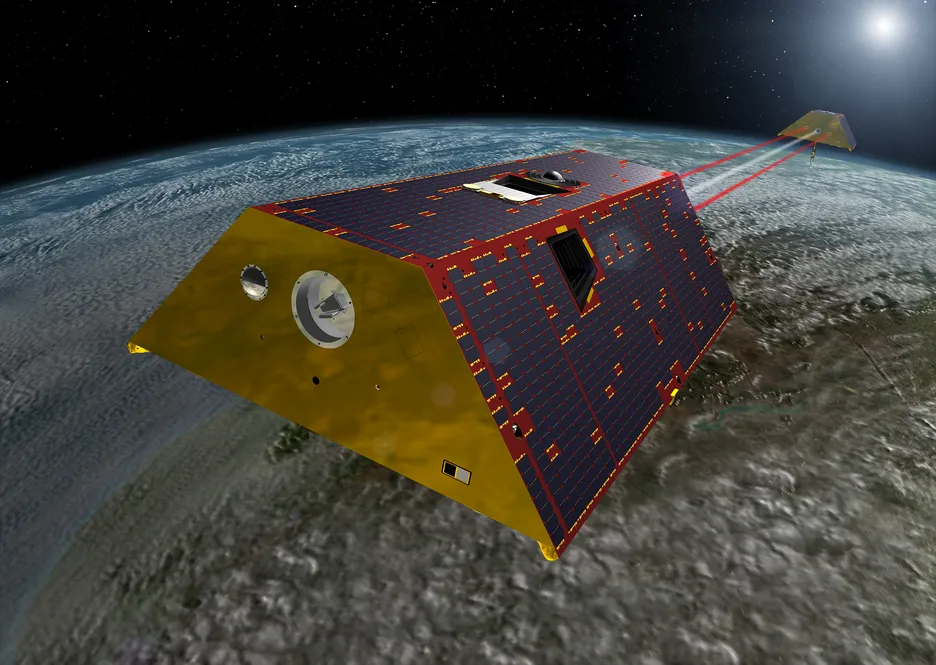
DFG Research Unit 2736
New Refined Observations of Climate Change from Spaceborne Gravity Missions (NEROGRAV)
A deep understanding of mass distribution and mass transport in System Earth is needed to answer central questions in hydrology, oceanography, glaciology, geophysics and climate research. The necessary information is primarily derived from satellite mission data as observed by GRACE (Gravity Recovery and Climate Experiment) and GRACE-FO (Follow-on) describing the gravity field of the Earth and its temporal variations.
The research group (RG) „New Refined Observations of Climate Change from Spaceborne Gravity Missions (NEROGRAV)”, funded by the German Research Foundation (DFG), develops since May 2019 new analysis methods and modeling approaches to improve GRACE and GRACE-FO mission data analysis and focuses on geophysical applications that benefit from significantly reduced error levels in the time series of monthly gravity fields. Phase 1 lasted from May 2019 till April 2022. After successful evaluation in January 2022 we will start the second phase in January 2023.
The central hypothesis of the research group, slightly updated for phase 2, is therefore: Only by concurrently improving and better understanding of sensor data, background models, and processing strategies of satellite gravimetry, the resolution, accuracy, and long-term consistency of mass transport series can be significantly increased; the science return in various fields of application improved and the potential of future technological sensor developments fully exploited.
In order to reach this overarching goal, the RG in particular concentrates on four different objectives:
- Improvement and error quantification of geophysical background models,
- Improvement of spatial-temporal parameterizations,
- Validation of improved background models and gravity field models against independent data, and
- Synthesis of results and recommendations for NGGMs (phase 1) and Novel geophysical applications and provision of recommendations for NGGMs (phase 2), respectively
The individual projects of phase 1 and phase 2 are described in the corresponding sub-pages.
Further information on GRACE-like and future gravity missions, applications of mass transport data, blogs or links to data portals and publication lists can be found here.
Speaker: Frank Flechtner, Professor for Physical Geodesy, Technical University of Berlin
